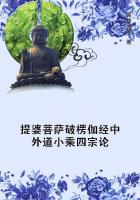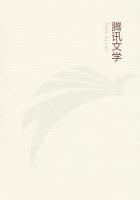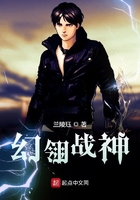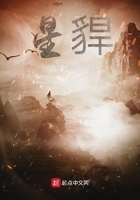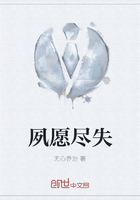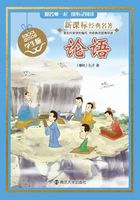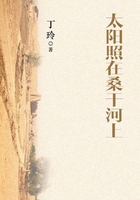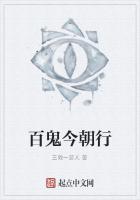So much for the actual strokes of the game.It is in the other departments such as generalship and psychology that matches are won.Just a few suggestions as to stroke technique, and I will close this section.
Always play your shot with a fixed, definite idea of what you are doing and where it is going.Never hit haphazard.
Play all shots across the short strings of the racquet, with the racquet head and handle on the same hitting plane for ground strokes and the head above the handle for volleys.The racquet head should be advanced slightly beyond the wrist for ground strokes.
COURT POSITION
A tennis court is 39 feet long from baseline to net.Most players think all of that territory is a correct place to stand.Nothing could be farther from the truth.There are only two places in a tennis court that a tennis player should be to await the ball.
1.About 3 feet behind the baseline near the middle of the court, or2.About 6 to 8 feet back from the net and almost opposite the ball.
The first is the place for all baseline players.The second is the net position.
If you are drawn out of these positions by a shot which you must return, do not remain at the point where you struck the ball, but attain one of the two positions mentioned as rapidly as possible.
The distance from the baseline to about 10, feet from the net may be considered as "no-man's-land" or "the blank." Never linger there, since a deep shot will catch you at your feet.After ****** your shot from the blank, as you must often do, retreat behind the baseline to await the return, so you may again come forward to meet the ball.If you are drawn in short and cannot retreat safely, continue all the way to the net position.
Never stand and watch your shot, for to do so simply means you are out of position for your next stroke.Strive to attain a position so that you always arrive at the spot the ball is going to before it actually arrives.Do your hard running while the ball is in the air, so you will not be hurried in your stroke after it bounces.
It is in learning to do this that natural anticipation plays a big role.Some players instinctively know where the next return is going and take position accordingly, while others will never sense it.It is to the latter class that I urge court position, and recommend always coming in from behind the baseline to meet the ball, since it is much easier to run forwardthan back.
Should you be caught at the net, with a short shot to your opponent, do not stand still and let him pass you at will, as he can easily do.Pick out the side where you think he will hit, and jump to, it suddenly as he swings.If you guess right, you win the point.If you are wrong, you are no worse off, since he would have beaten you anyway with his shot.
A notable example of this method of anticipation is Norman E.Brookes, who instinctively senses the stroke, and suddenly bobs up in front of your best shot and kills it.Some may say it is luck, but, to my mind, it is the reward of brain work.
Your position should always strive to be such that you can cover the greatest possible area of court without sacrificing safety, since the straight shot is the surest, most dangerous, and must be covered.It is merely a question of how much more court than that immediately in front of the ball may be guarded.
A well-grounded knowledge of court position saves many points, to say nothing of much breath expended in long runs after hopeless shots.
It is the phenomenal knowledge of court position that allows A.R.F.Kingscote, a very short man, to attack so consistently from the net.Wallace F.Johnson is seldom caught out of position, so his game is one of extreme ease.One seldom sees Johnson running hard on a tennis court.He is usually there awaiting the ball's arrival.
Save your steps by using your head.It pays in the end.Time spent in learning where to play on a tennis court is well expended, since it returns to you in the form of matches won, breath saved, and energy conserved.
It is seldom you need cover more than two-thirds of a tennis court, so why worry about the unnecessary portions of it?

